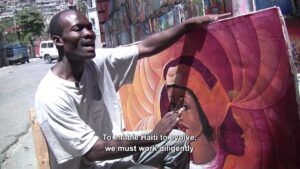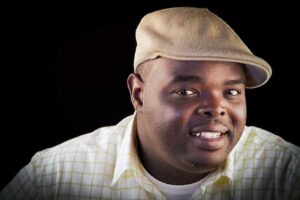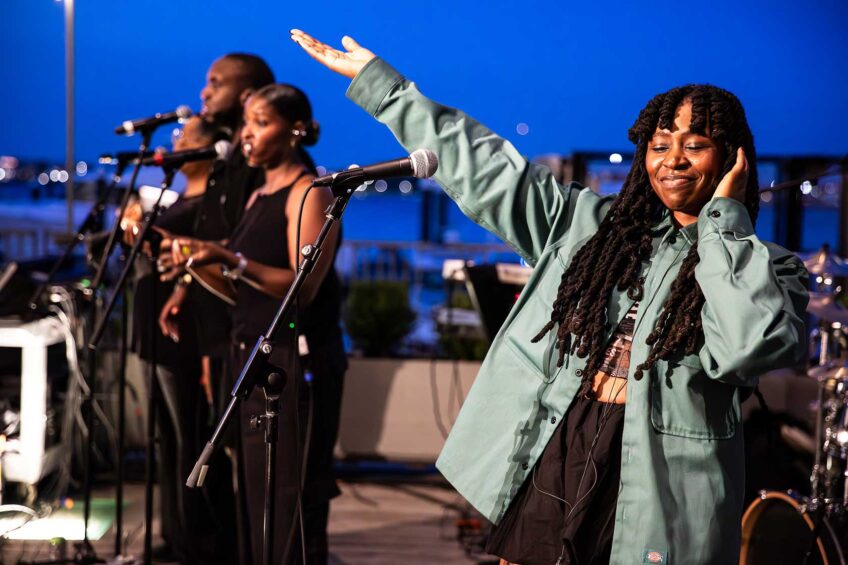Documentary ‘Haiti is a Nation of Artists’ paints a portrait of the country’s artistic past and present

Banner Arts & Culture Sponsored by Cruz Companies
A quick Google search on Haiti provides numerous links to articles about the breakdown of the state and ongoing gang violence in the country. The algorithm does this by design. Anything that is recent and tragic rises to the top of the search engine. Topics that are inspirational and ongoing but no less newsworthy, like Haitian art, may be buried.
As the month of May, Haitian Heritage Month, comes to a close, a documentary by Jacquil Constant seeks to put Haitian art at the forefront of conversation. “Haiti is a Nation of Artists” is a 50-minute film featuring Haitian painters, sculptors, gallery owners and historians, who provide viewers with an introduction to Haiti’s artistic history and its present challenges.
In the film, Edouard Duval-Carrié, a painter and sculptor, traces the beginning of Haitian art to the Indigenous Arawak and Taino people. They created sculptures dedicated to their deities. By the 1800s, there was a bustling market of portraits and landscapes, according to Carine Fabius, owner of Gallery Lakaye, a contemporary Haitian art gallery. In the 1940s, American artist DeWitt Peters helped create the historic Centre d’Art, a gallery, art school and cultural organization in Port-au-Prince.

Haitian artist working on the street. Scene from the documentary “Haiti is a Nation of Artists.” PHOTO: CONSTANT PRODUCTION
Haitian art has been called “primitive” or “naïve art” in the art world due to its blend of African and Indigenous influences, tradition of self-taught artists, colorful expressions and compositional choices. Many Haitian artists and creatives see these labels as derogatory and offensive.
In the film, Fabius says, “If it didn’t come from Haiti or a Black country it would be called surrealist art, because the sense of perspective is totally outside of what exists in the real world.” An artist known as Engels the Artist says, “If we call Haitian art primitive, we could also say Haitian people are primitive. That is absurd.”
The documentary includes interviews with artists and gallery owners in spaces that provide a glimpse of what it’s like to be a Haitian artist hard at work. Sculptor Josué Blanchard speaks frankly in Haitian Creole while shirtless, discussing the lack of government support for the arts. These interviews are interspersed with close-ups of Haitian paintings and quotes in Haitian Creole that speak to the enduring nature of Haiti and her people.
“I am sure that every Haitian on this earth is an artist,” a voiceover says at the end of the film. There is an art to creating forms and arranging colors and materials in such a way that they endure through natural and political instability like earthquakes and regime changes, while uplifting the souls of a nation.








